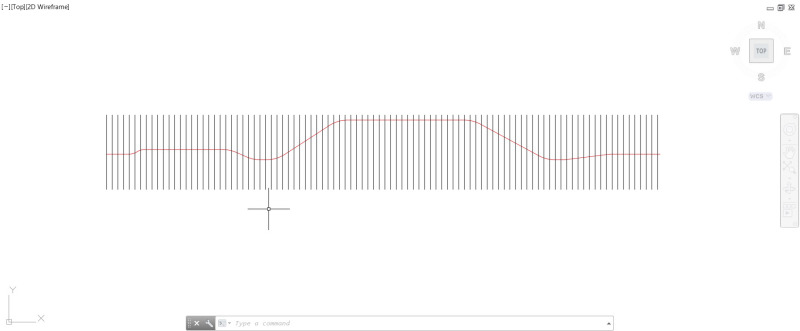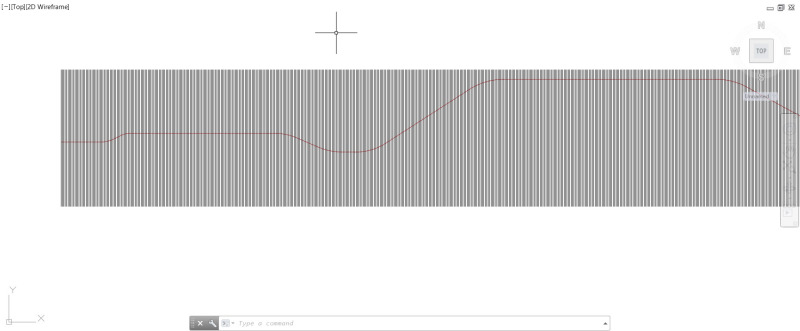-
1
- #1
Santhosh_94
Mechanical
I am trying to extract the X and Y coordinates from a curve dividing it at equal interval. How could i possibly do that??
Below i have attached the image of the curve from which i want to get the coordinates. I tried using measure and divide options but it didn't work.

What i got to do is divide the curve something like this and get the intersection points?(shown below)

Is there a way to get the list of coordinates of x and y with reference to the start of the polyline at all the intersections?
Below i have attached the image of the curve from which i want to get the coordinates. I tried using measure and divide options but it didn't work.

What i got to do is divide the curve something like this and get the intersection points?(shown below)

Is there a way to get the list of coordinates of x and y with reference to the start of the polyline at all the intersections?


![[thumbsup2] [thumbsup2] [thumbsup2]](/data/assets/smilies/thumbsup2.gif) , unfortunately i am not able to understand the codes
, unfortunately i am not able to understand the codes ![[sad] [sad] [sad]](/data/assets/smilies/sad.gif) .
. ![[thanks] [thanks] [thanks]](/data/assets/smilies/thanks.gif)